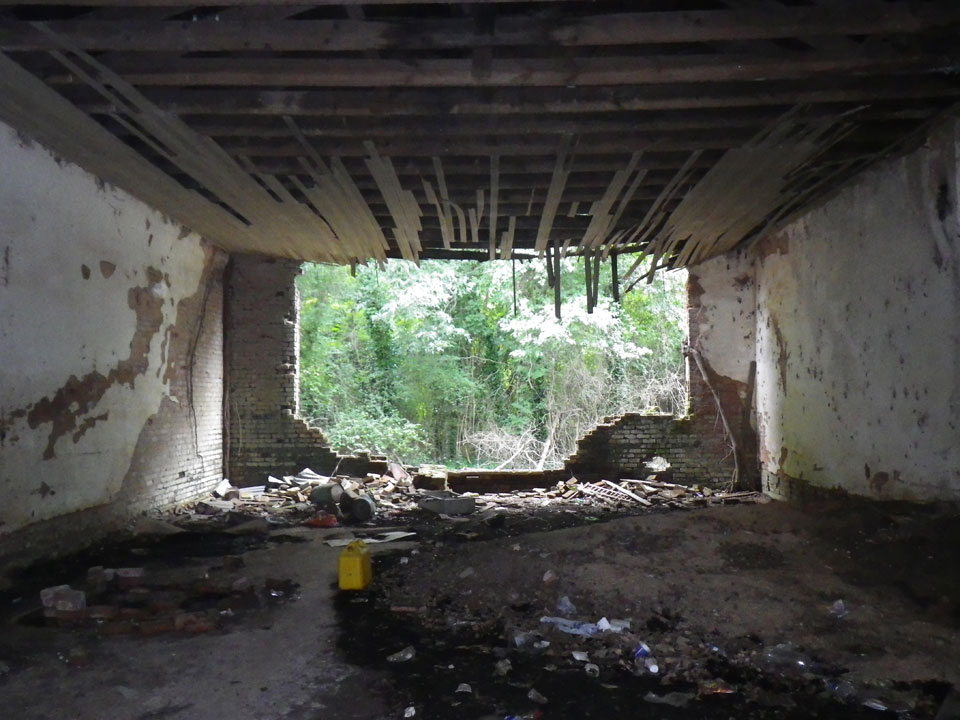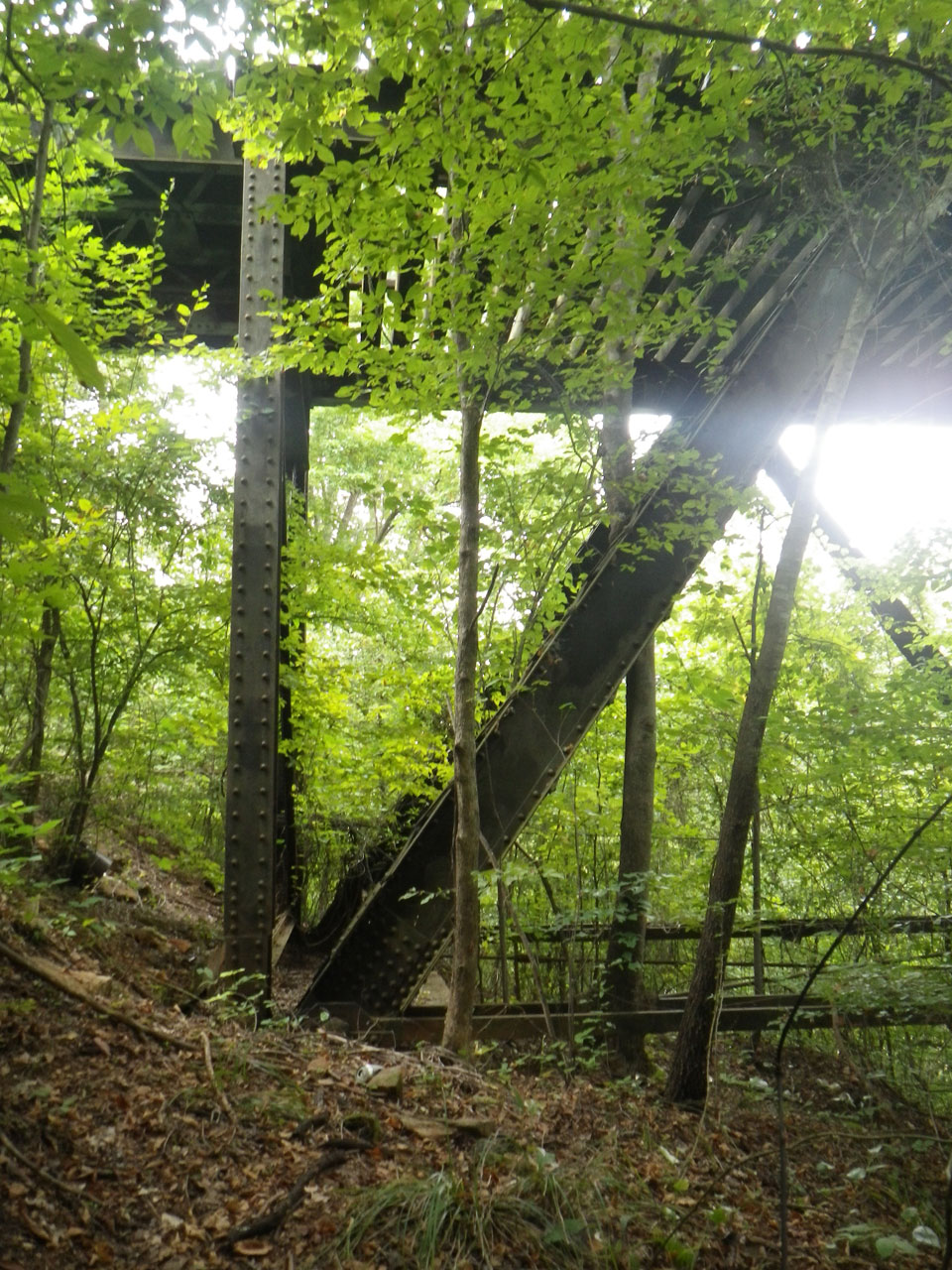 After a short hike along the river, I reached the base of the abandoned train bridge. She still looks pretty sturdy underneath.
After a short hike along the river, I reached the base of the abandoned train bridge. She still looks pretty sturdy underneath.
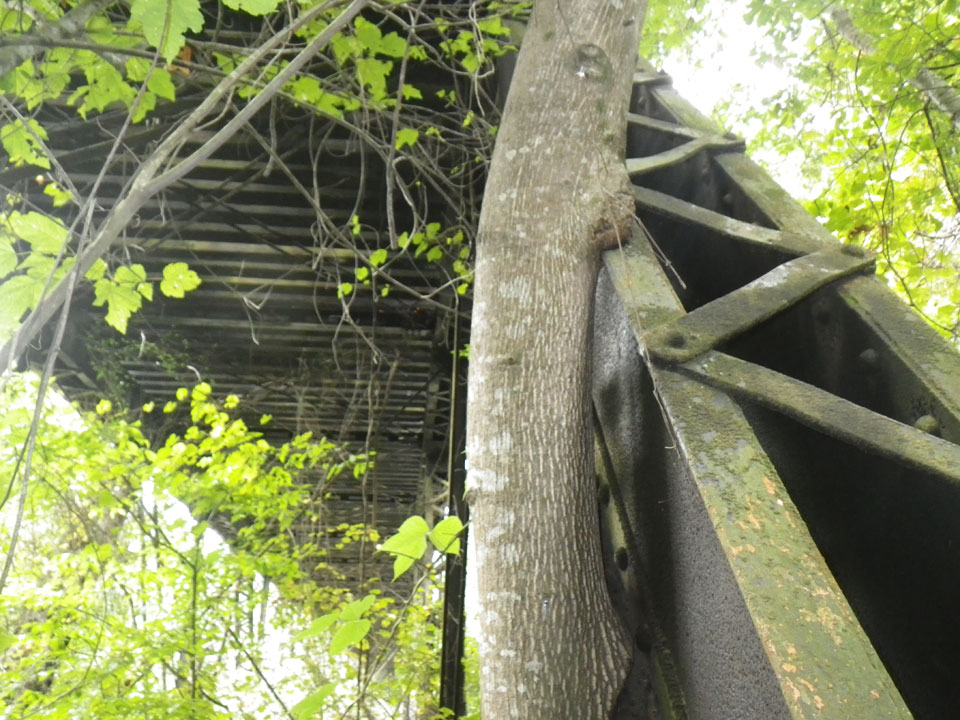
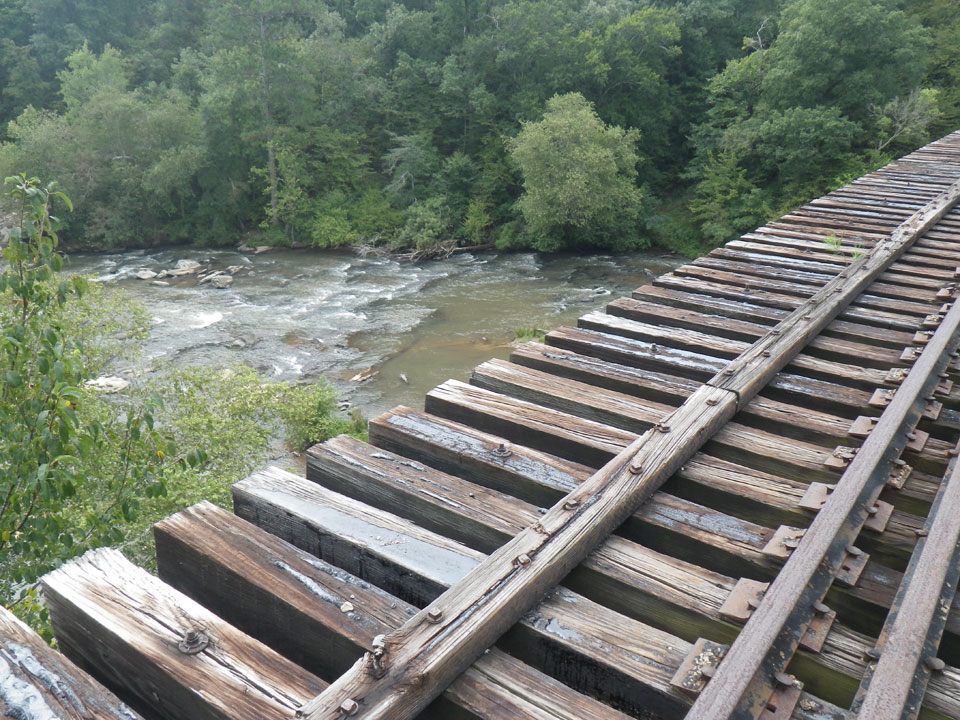 Up top the rails of the dead track are still there. I walked out over the river, looking straight down so I wouldn’t slip and fall between the planks. This is the safest way to walk a train bridge. Only look up after you stop.
Up top the rails of the dead track are still there. I walked out over the river, looking straight down so I wouldn’t slip and fall between the planks. This is the safest way to walk a train bridge. Only look up after you stop.
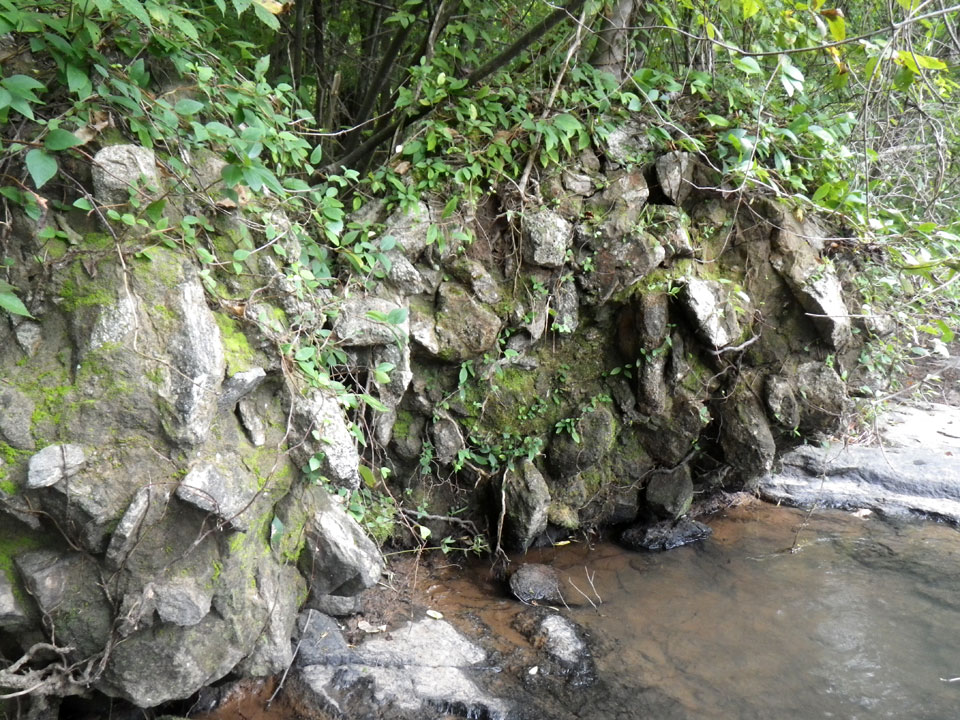
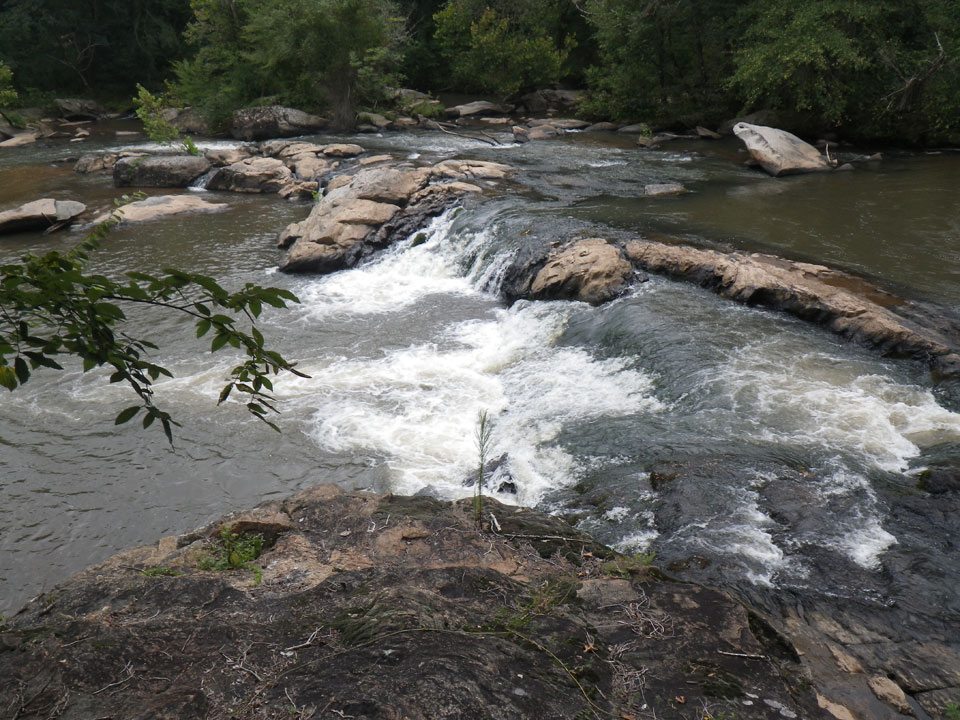
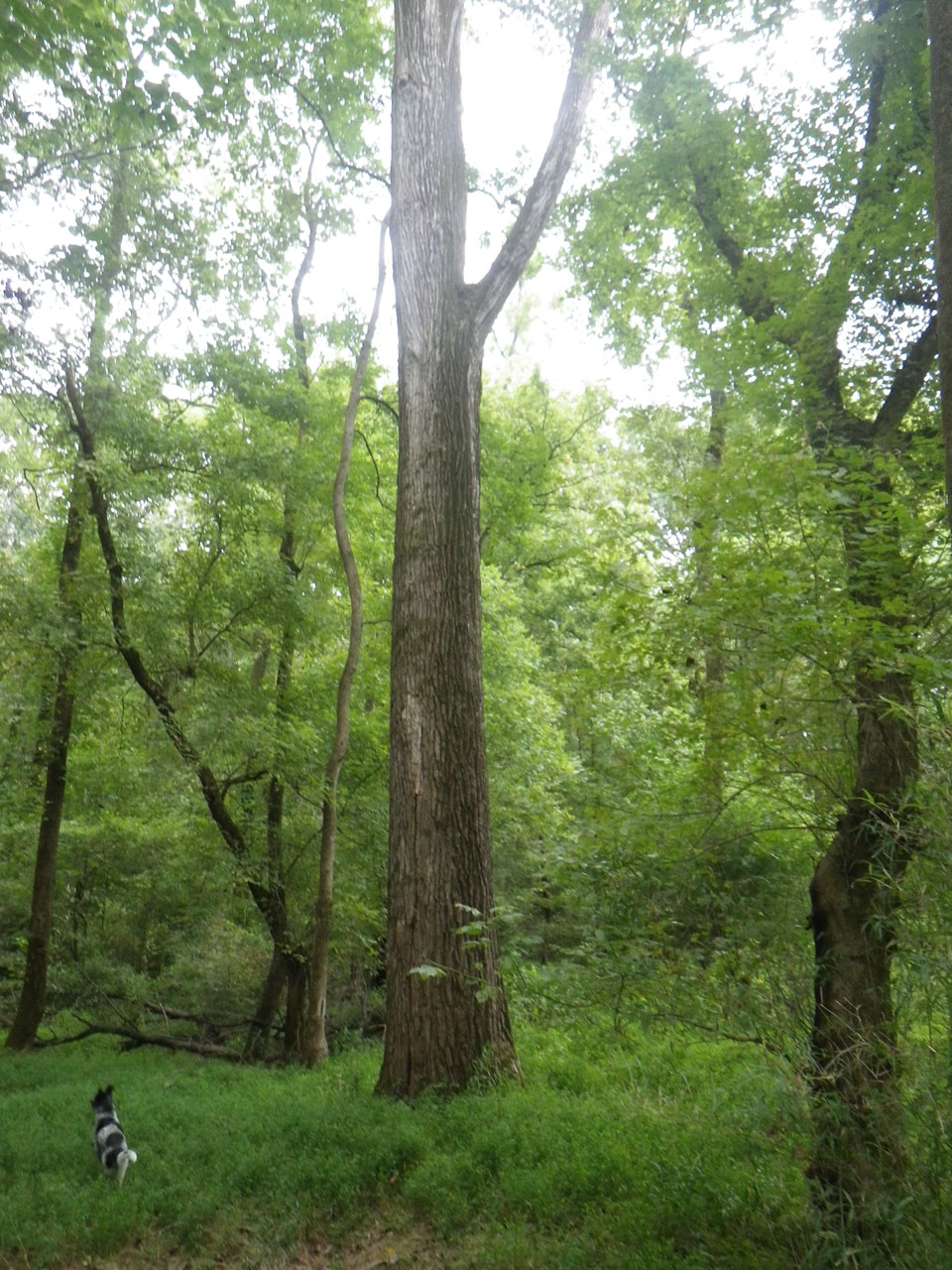 Down river past the bridge is a hugh tree shooting straight above all others. The photo below gives you a sense of scale.
Down river past the bridge is a hugh tree shooting straight above all others. The photo below gives you a sense of scale.
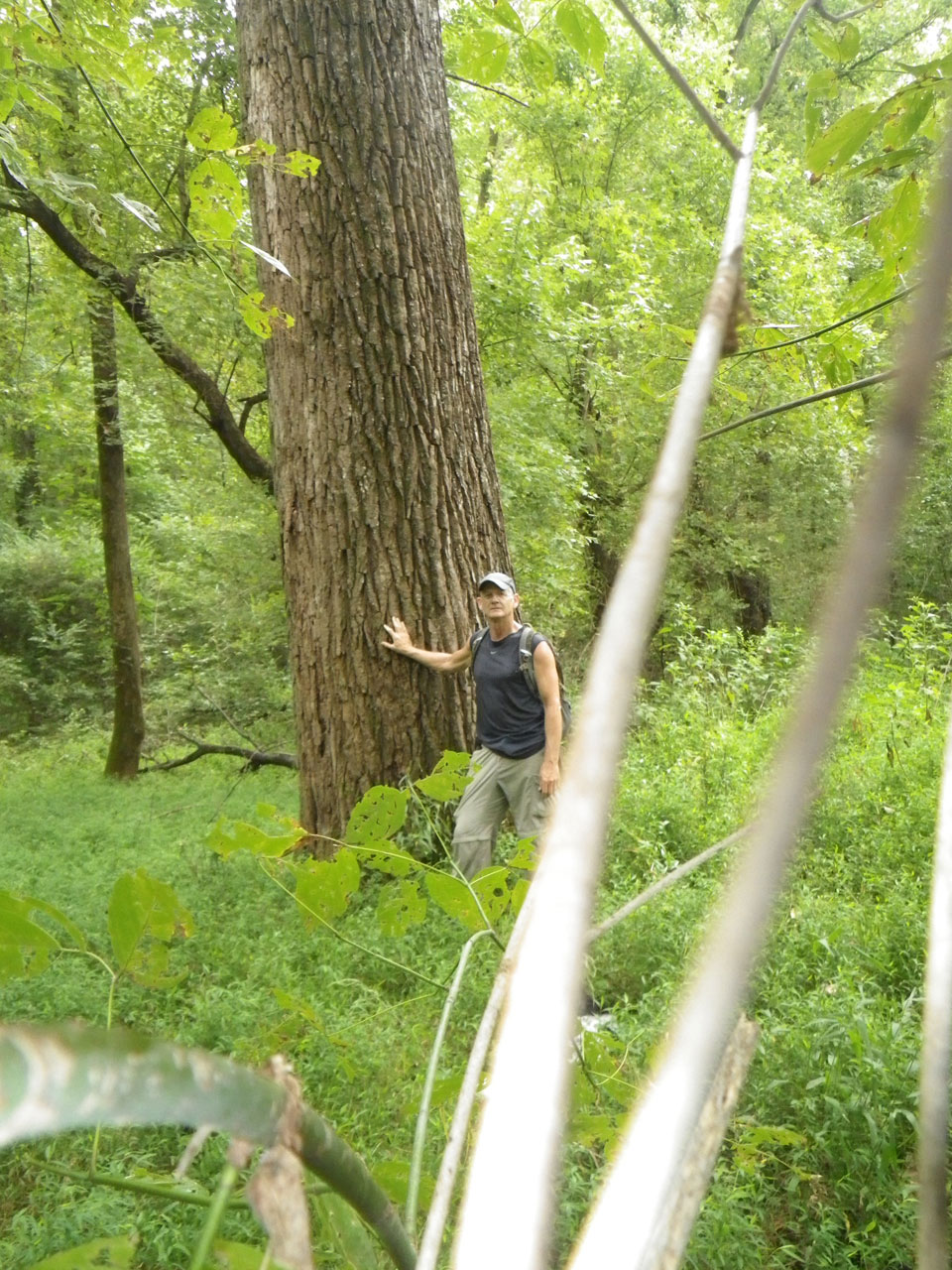
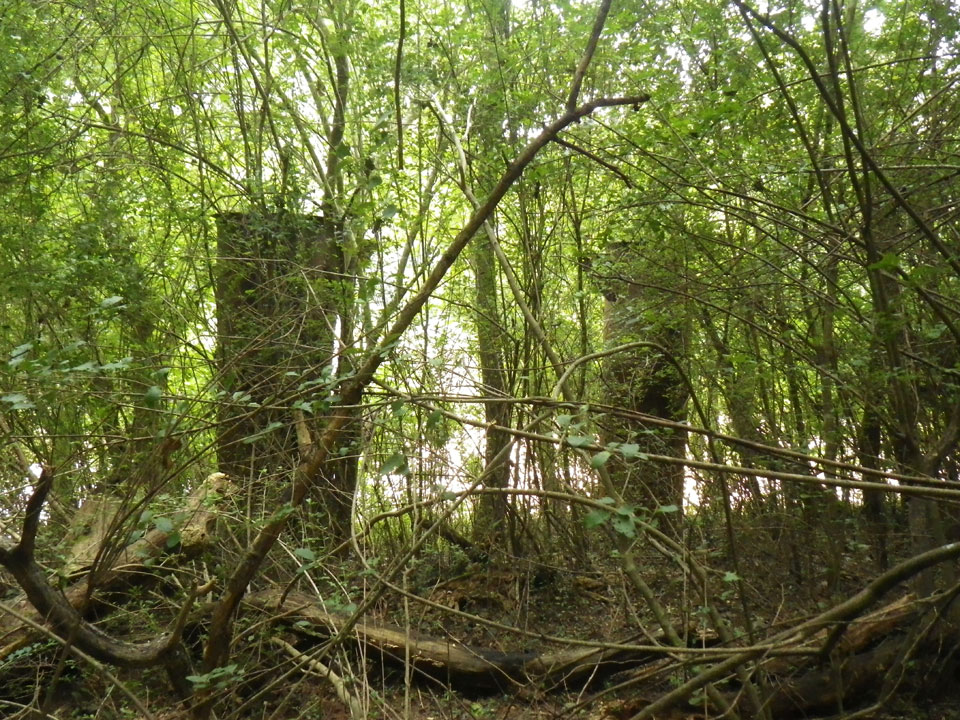 The photo above is what’s left of the old Madison highway bridge – just two iron pylons entangled in vinery. I walked into the flood plain and found what was left of the road. It led to a clear-cut field and suddenly I was in a land of big sky and rolling hills.
The photo above is what’s left of the old Madison highway bridge – just two iron pylons entangled in vinery. I walked into the flood plain and found what was left of the road. It led to a clear-cut field and suddenly I was in a land of big sky and rolling hills.
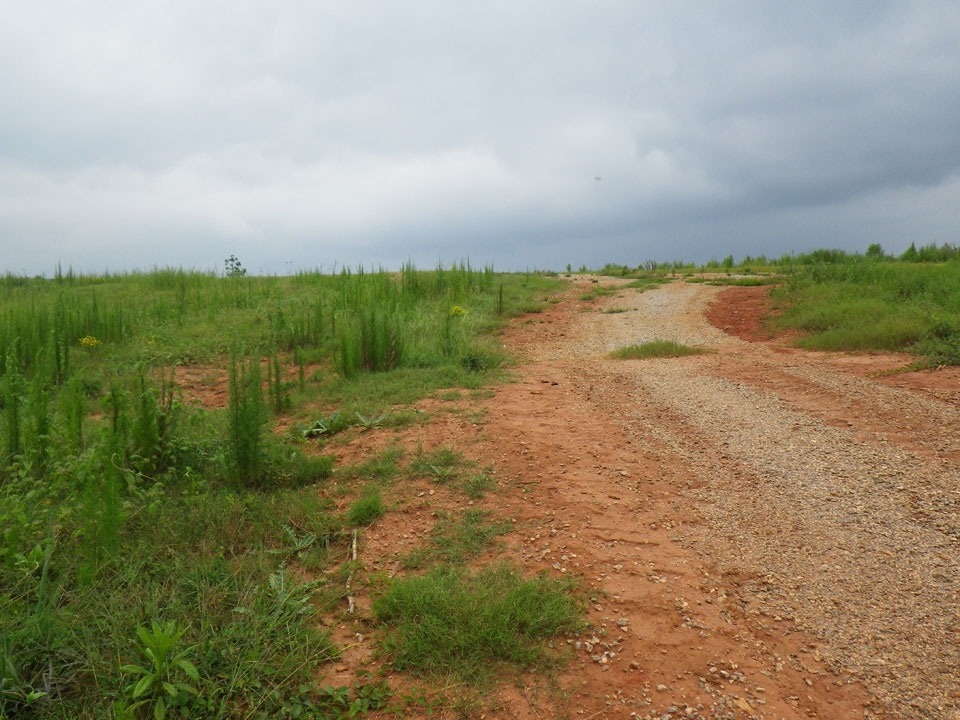
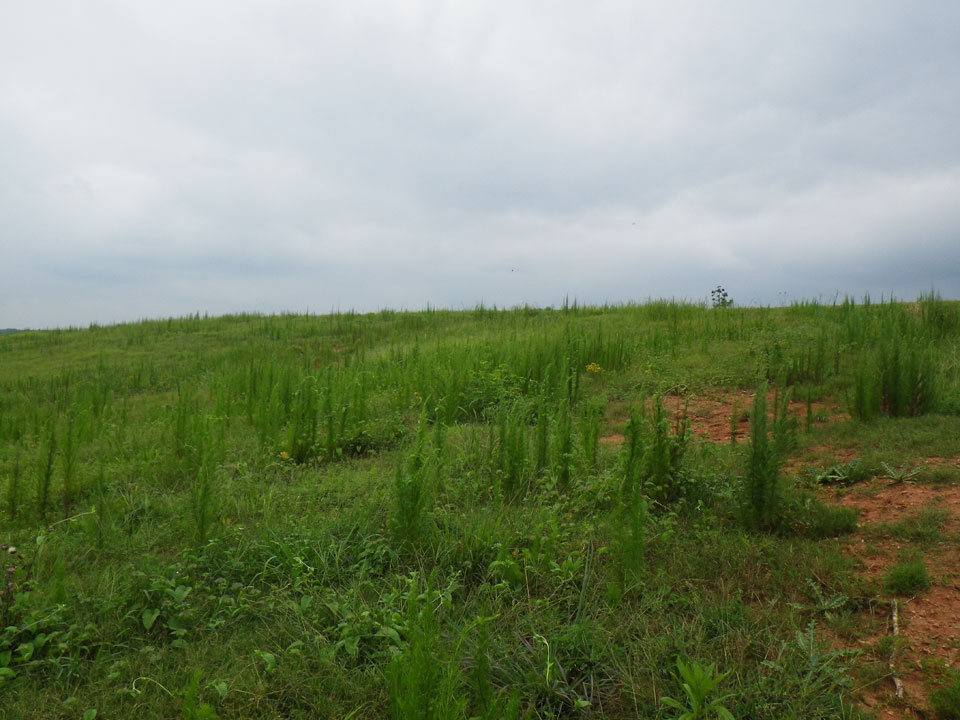
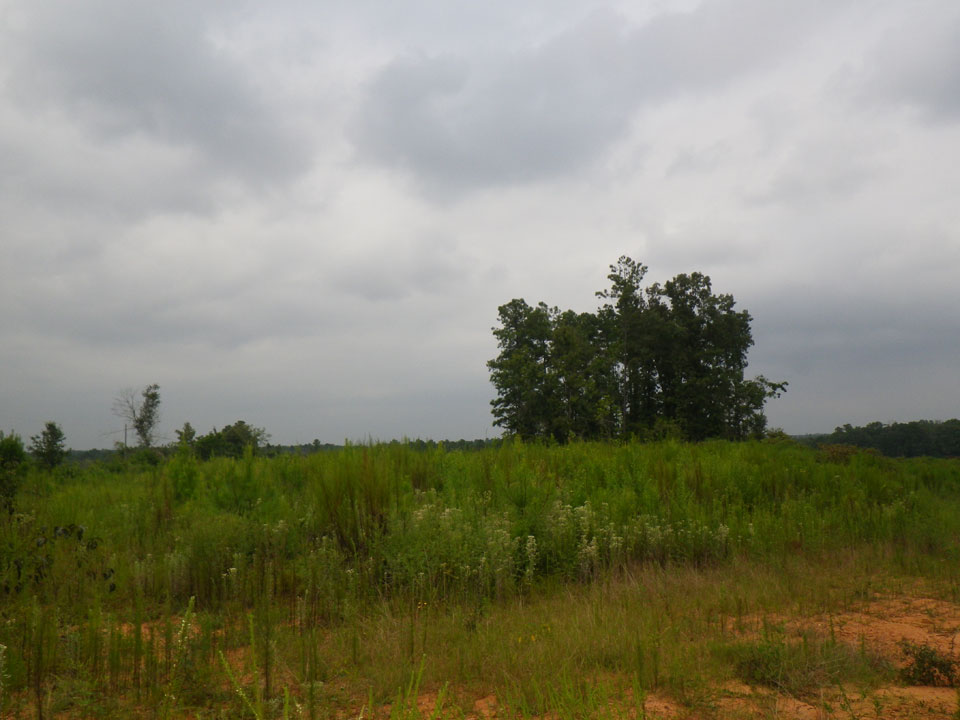 When walking through clear-cut fields if you see an island of trees it’s always worth a look. There’s usually a reason for it. In this lonely island of un-cut pines lies an abandoned cemetery. There’s no road to it anymore. The graves date back prior to the civil war. Some are beautifully etched with nature illustrations and reflective last words.
When walking through clear-cut fields if you see an island of trees it’s always worth a look. There’s usually a reason for it. In this lonely island of un-cut pines lies an abandoned cemetery. There’s no road to it anymore. The graves date back prior to the civil war. Some are beautifully etched with nature illustrations and reflective last words.
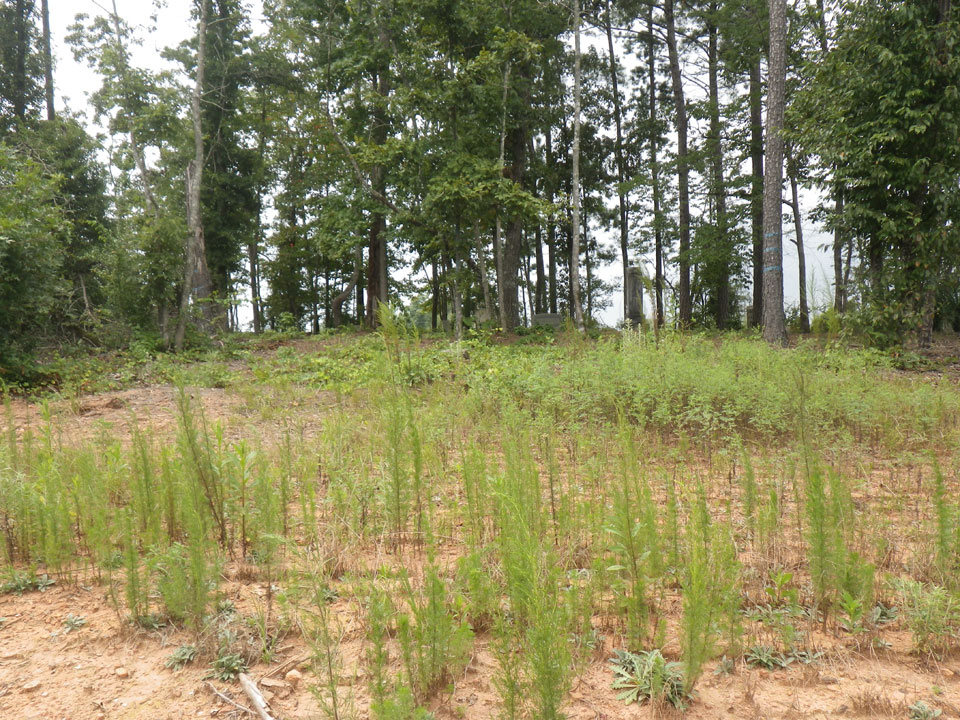
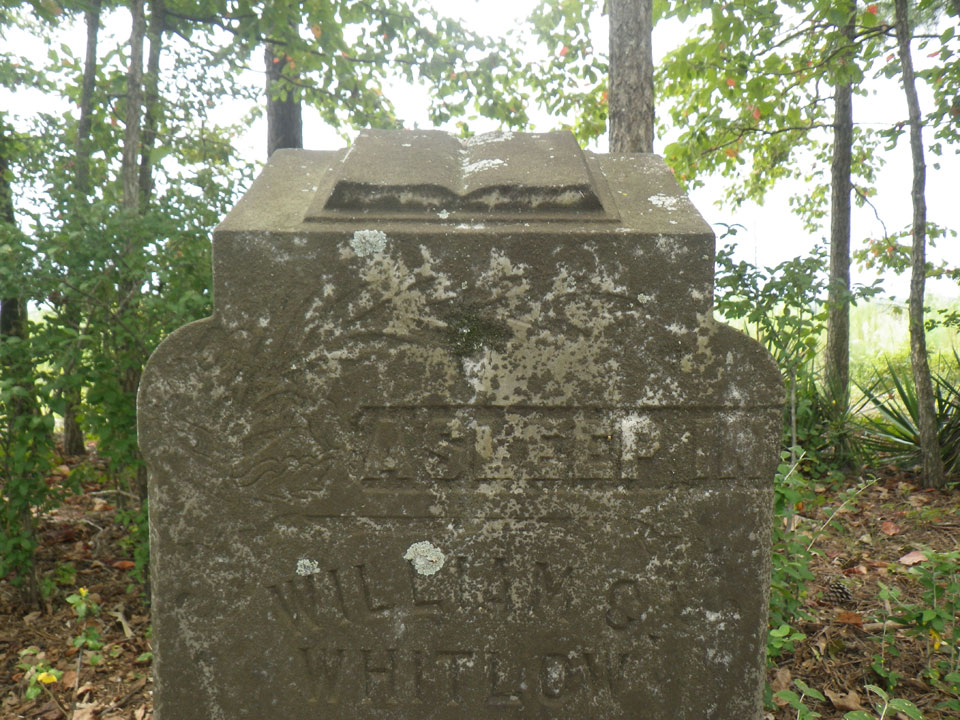
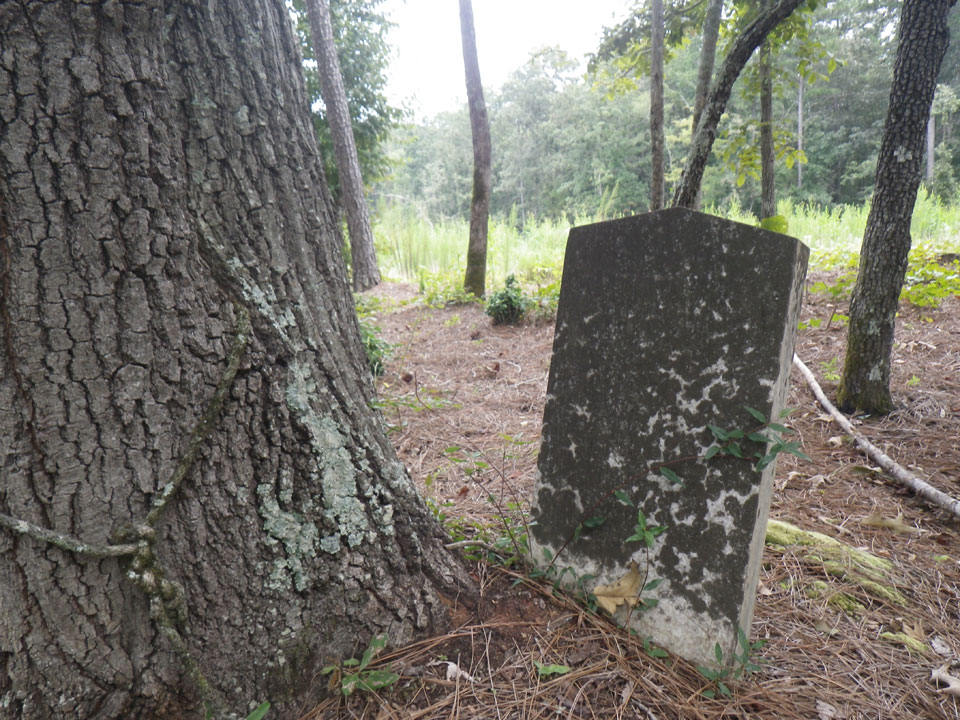
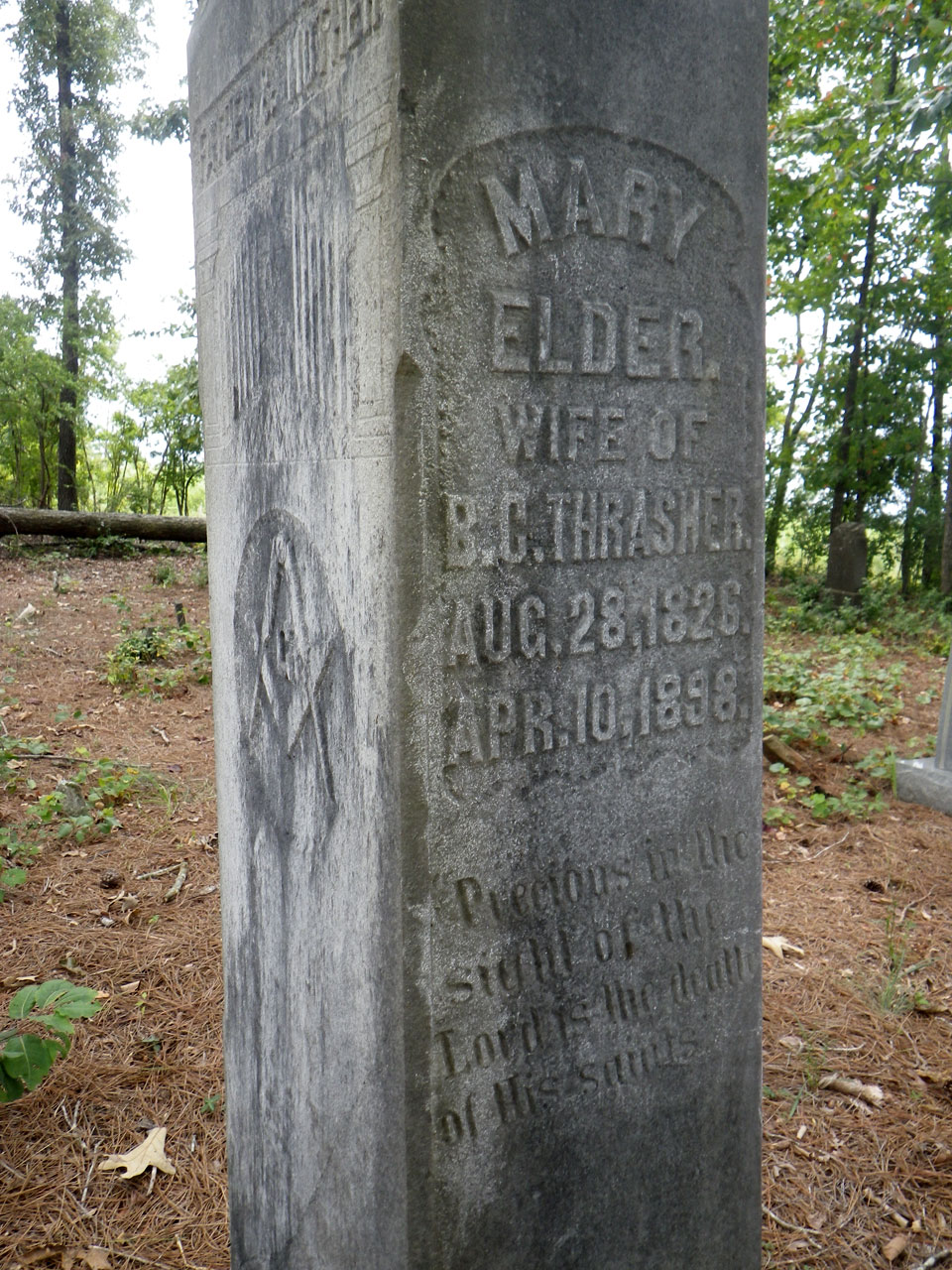
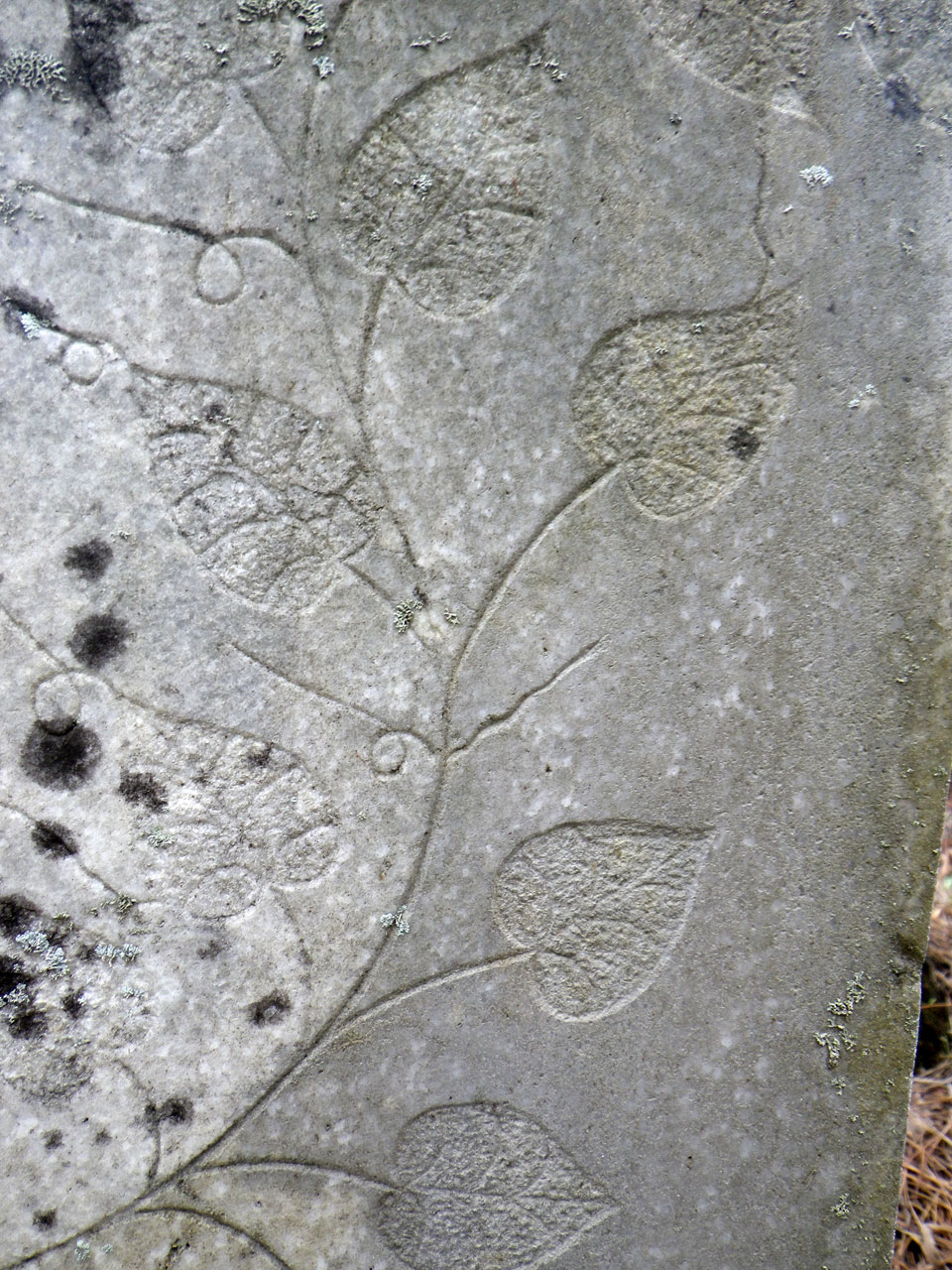
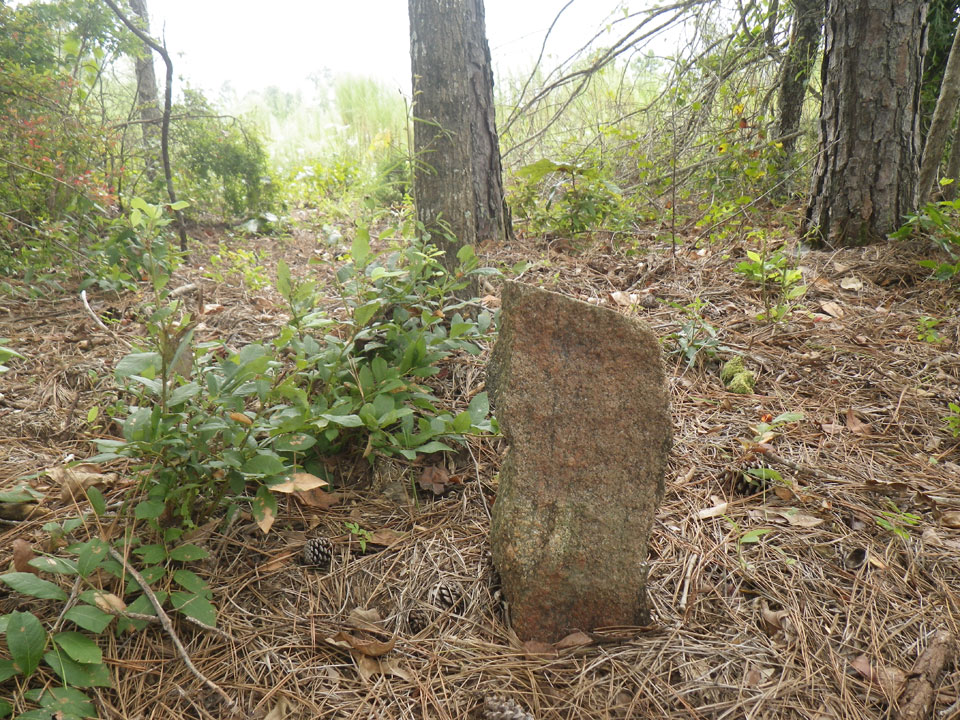 This grave is marked only with an up-right river stone, probably a slave is buried here. It’s hard to fathom that the slave master didn’t even have the decency to carve a name in it.
This grave is marked only with an up-right river stone, probably a slave is buried here. It’s hard to fathom that the slave master didn’t even have the decency to carve a name in it.
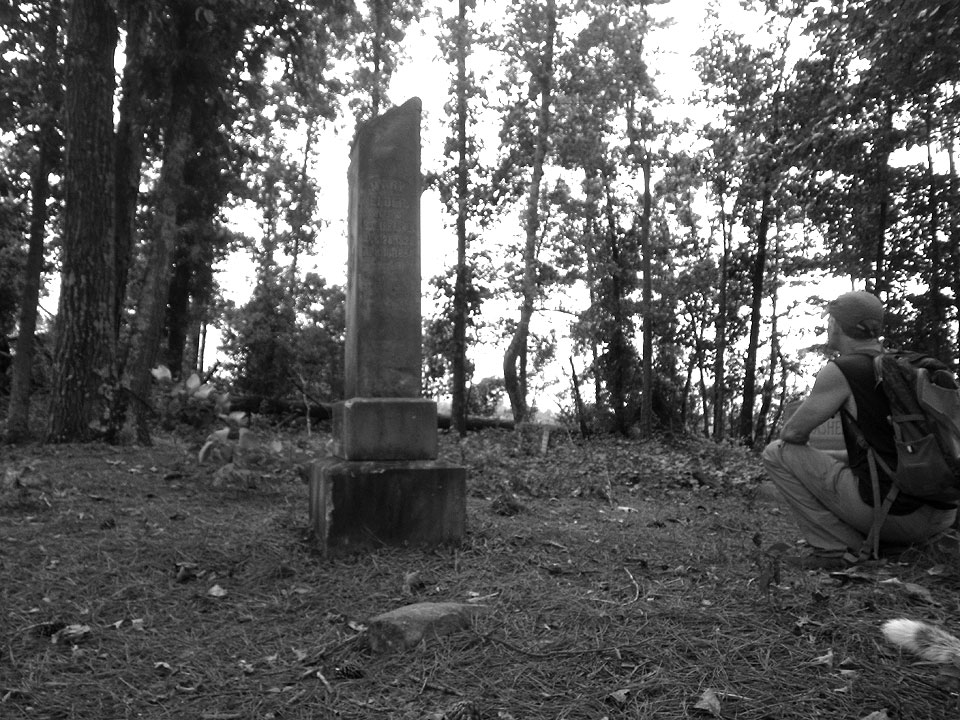
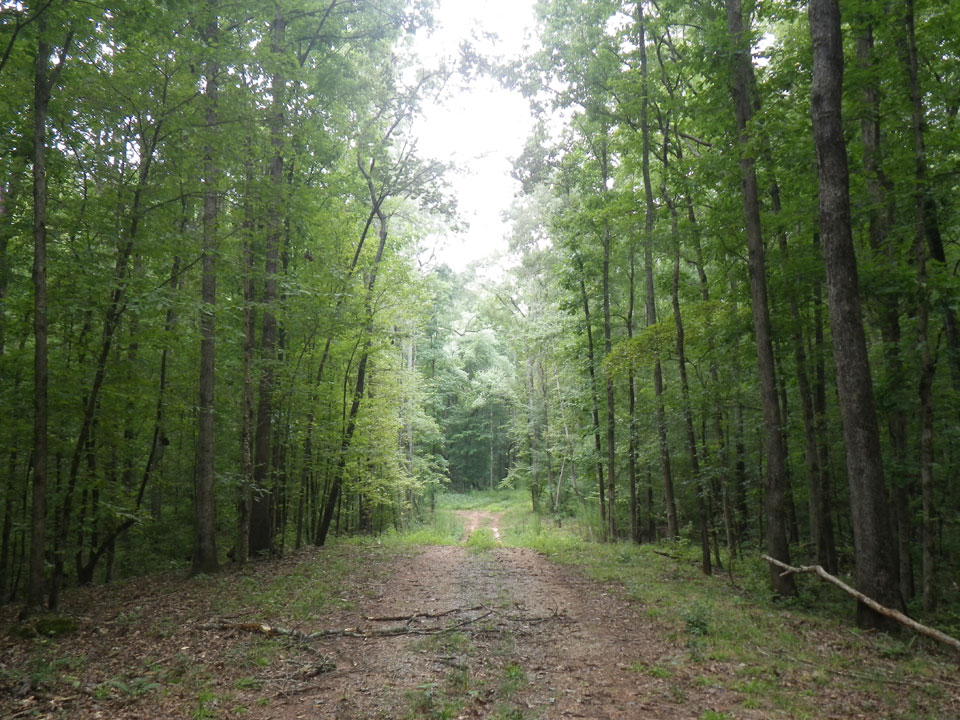
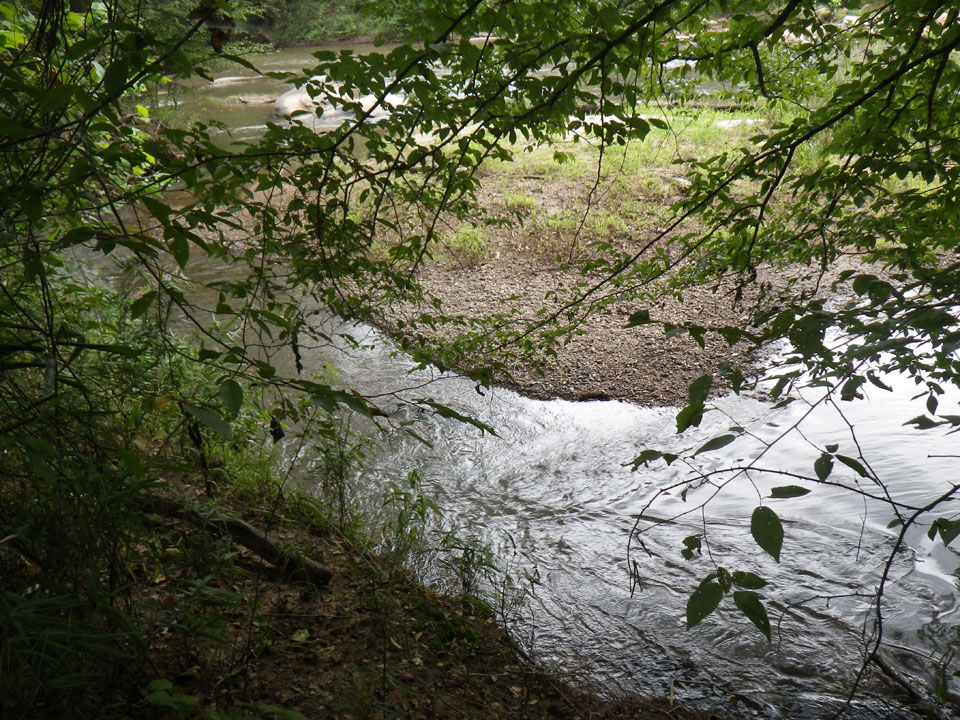
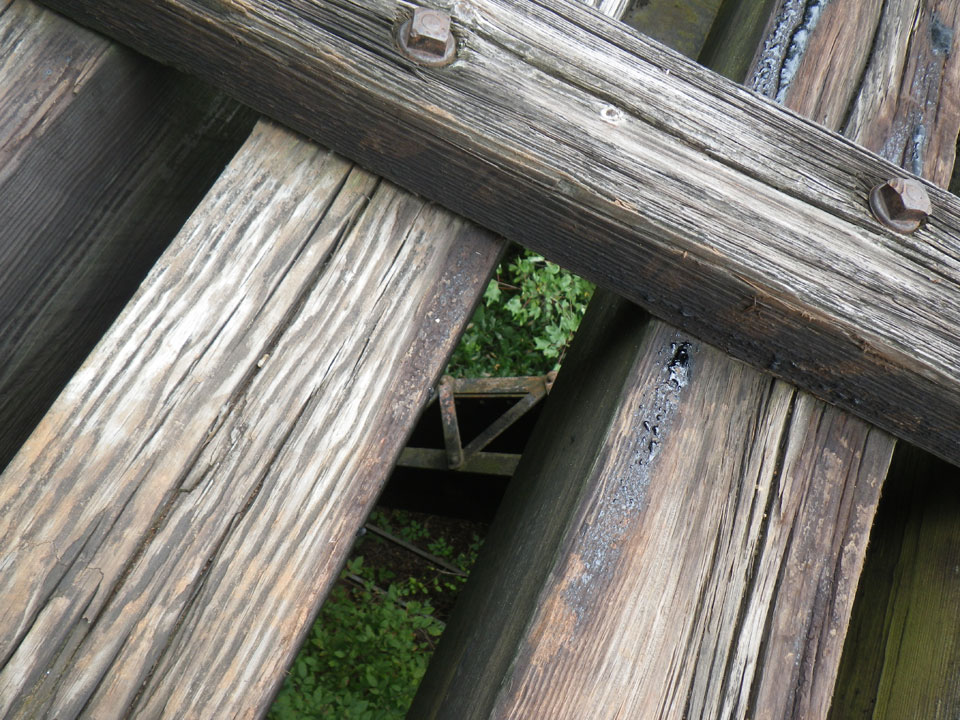 I circled back to the train bridge for one last inspection and shot the above photo looking down to the iron infrastructure below still doing it’s job after the trains have long stopped passing over.
I circled back to the train bridge for one last inspection and shot the above photo looking down to the iron infrastructure below still doing it’s job after the trains have long stopped passing over.
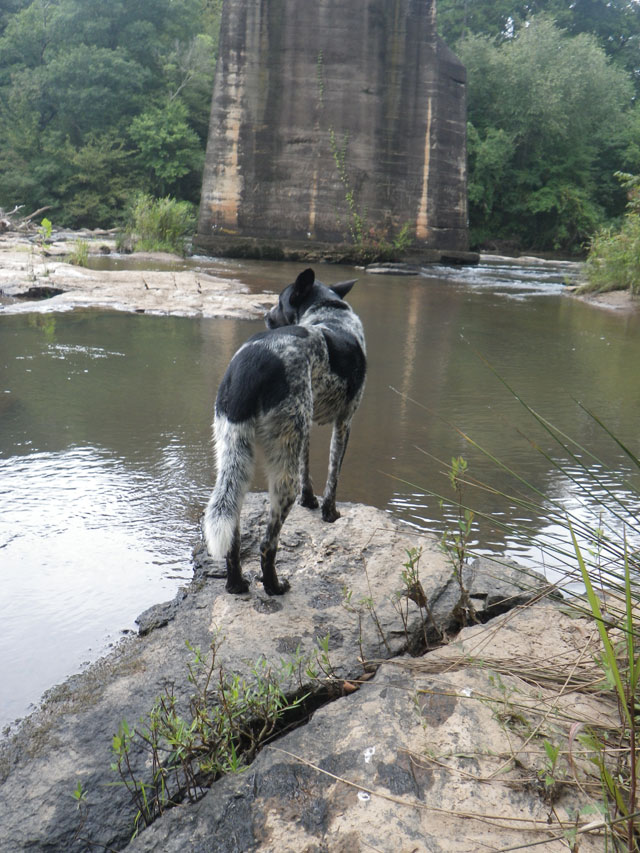
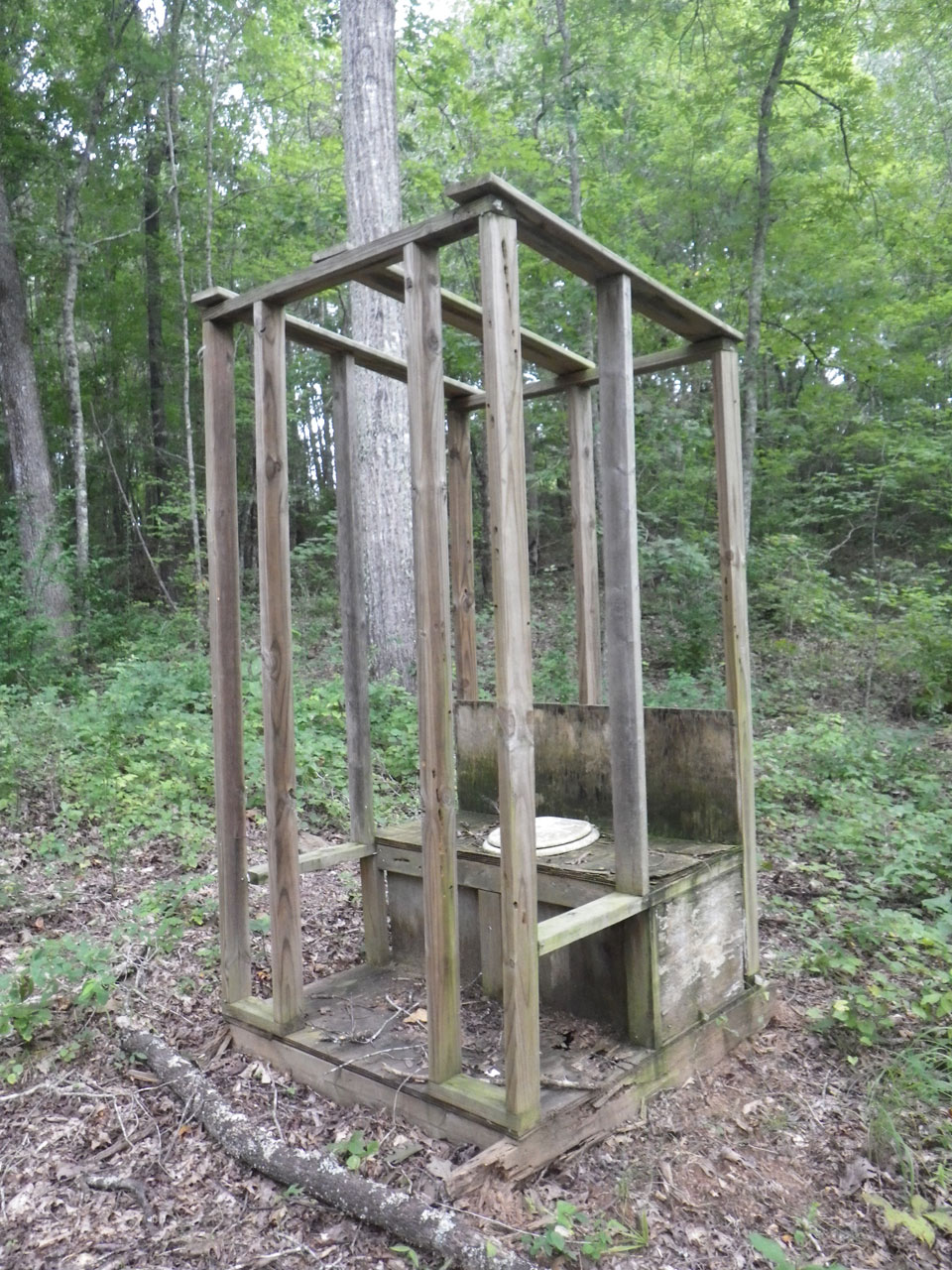 I’d rather go in the woods.
I’d rather go in the woods.
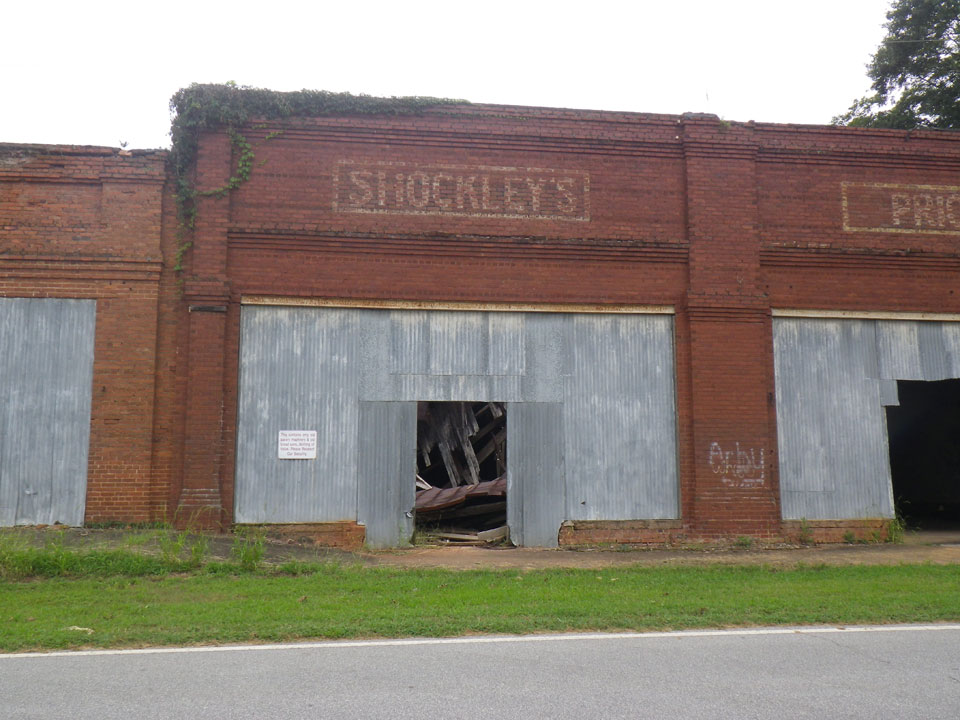 On the drive back home I stopped to have a quick look at a road-side ruin to take a few photos.
On the drive back home I stopped to have a quick look at a road-side ruin to take a few photos.
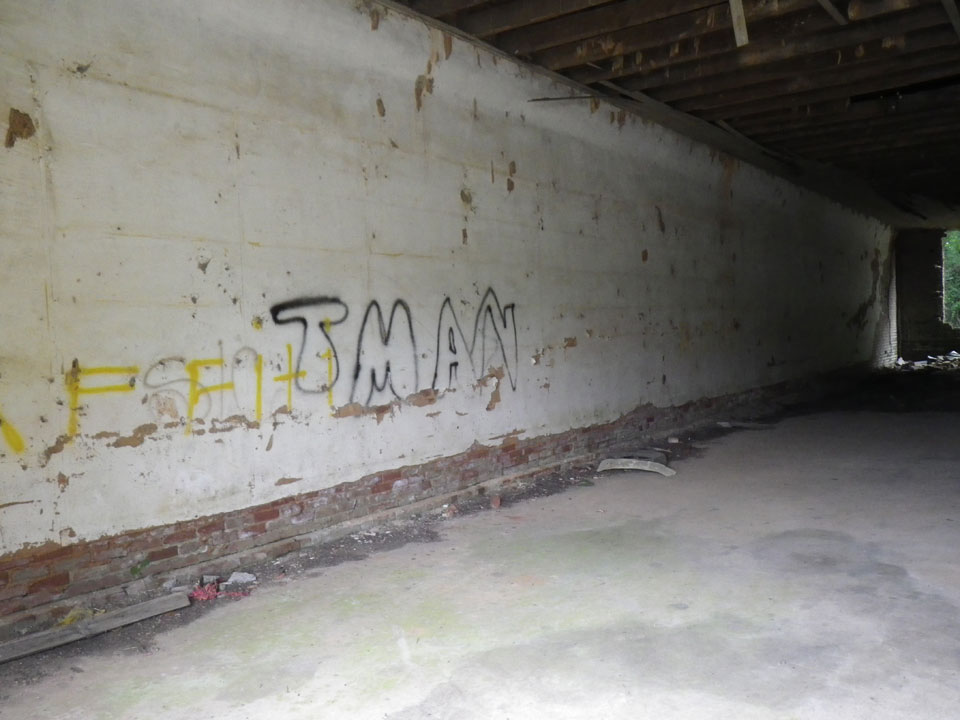 The back wall in the photo below had fallen away and made a telling picture with the outside light shining in – a testimony to the frailty of man and resilience of nature.
The back wall in the photo below had fallen away and made a telling picture with the outside light shining in – a testimony to the frailty of man and resilience of nature.
